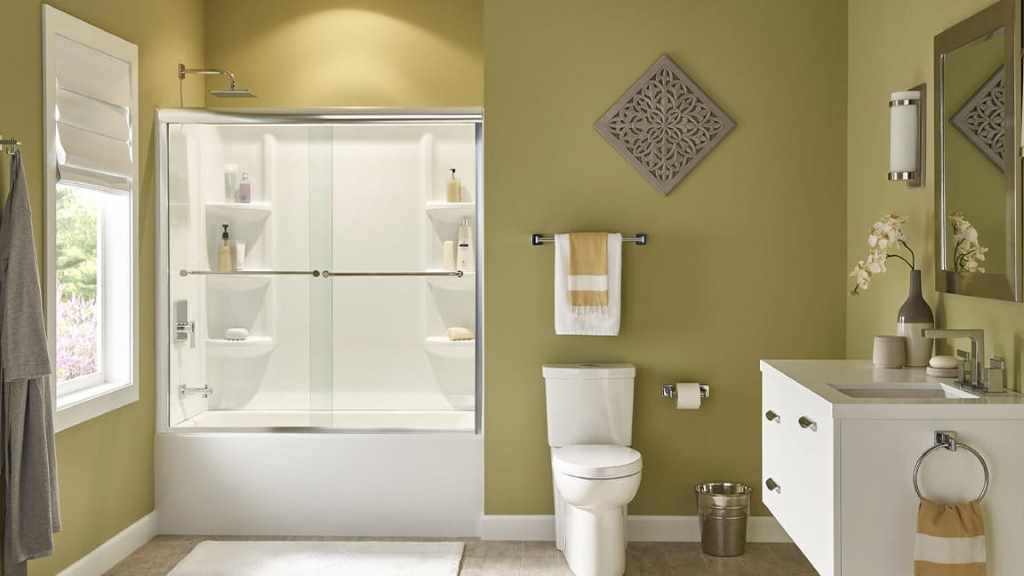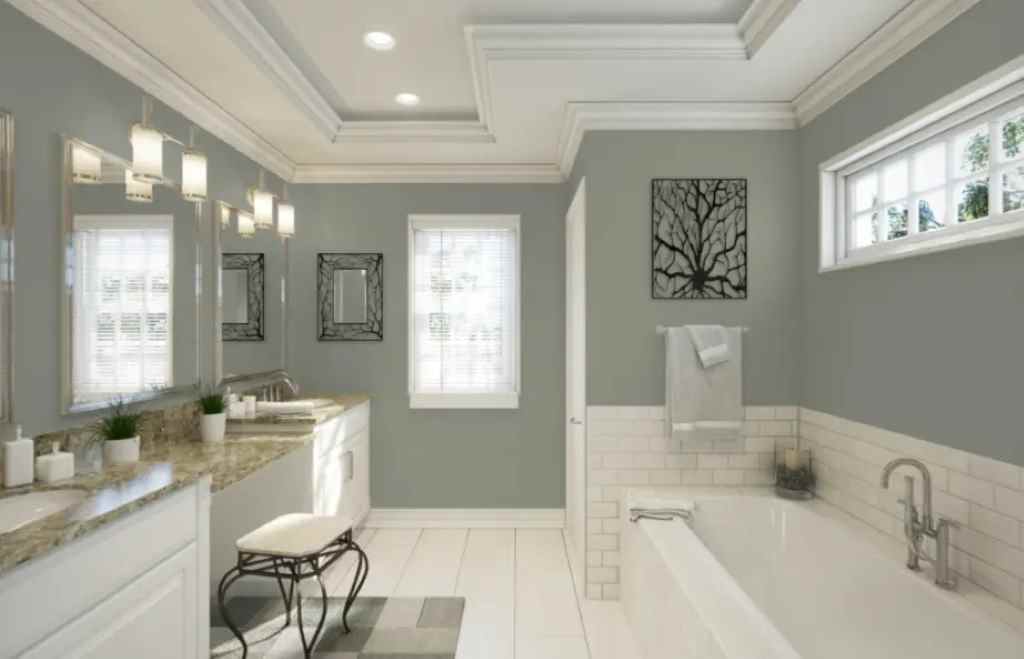The bathtub, once a purely functional fixture, has evolved into a centerpiece of bathroom design. And while the size and style of the bathtub are important considerations, the color can significantly impact the overall aesthetic of the space. For those who are also interested in maintaining their bathtub, knowing how to remove the bathtub stem can be crucial for repairs or upgrades, which can further enhance the design and functionality of this essential fixture. This guide explores the world of bathtub colors, offering insights and inspiration to help you select the perfect hue for your bathroom sanctuary.
Understanding the Impact of Color
Color psychology plays a subtle yet powerful role in our perception of spaces. Different colors evoke distinct emotions and can influence the overall atmosphere of a room. In the context of a bathroom, where relaxation and rejuvenation are paramount, color choices are particularly important.
- Warm Colors: Warm colors like red, orange, and yellow create a sense of energy and vibrancy. While they might not be the most common choice for bathtubs, they can add a touch of personality and warmth to the bathroom.
- Cool Colors: Cool colors like blue, green, and purple are often associated with tranquility and serenity. These colors are popular choices for bathtubs, as they promote a calming and relaxing atmosphere.
- Neutral Colors: Neutral colors like white, black, gray, and beige offer timeless elegance and versatility. They provide a clean and sophisticated backdrop for other design elements in the bathroom.
Popular Bathtub Colors
White: White remains the most popular choice for bathtubs, offering a classic and pristine look that complements any bathroom style. It creates a sense of spaciousness and cleanliness, making it ideal for smaller bathrooms.
Black: Black bathtubs make a bold statement, adding a touch of drama and sophistication to the bathroom. They are often used in contemporary and minimalist designs to create a striking contrast with lighter-colored walls and fixtures.
Gray: Gray bathtubs offer a versatile and elegant alternative to white and black. They come in a range of shades, from light and airy to dark and dramatic, allowing you to customize the look to suit your preferences.
Beige: Beige bathtubs provide a warm and inviting feel, creating a sense of comfort and relaxation in the bathroom. They are often used in traditional and transitional designs to complement natural materials like wood and stone.
Other Colors: While less common, bathtubs are also available in a variety of other colors, including blue, green, and even pink. These colors can add a touch of personality and whimsy to the bathroom, but it’s important to choose them carefully to ensure they complement the overall design scheme.
Factors to Consider When Choosing a Bathtub Color
Bathroom Size: The size of your bathroom can influence your color choice. Light colors like white and beige can make a small bathroom feel larger and more open, while darker colors like black and gray can create a cozy and intimate atmosphere in a larger bathroom.
Bathroom Style: The overall style of your bathroom should guide your color choice. For example, a white bathtub is a classic choice for traditional bathrooms, while a black bathtub might be more suitable for a modern or minimalist space.
Lighting: The lighting in your bathroom can impact how colors appear. Natural light tends to make colors appear brighter and more vibrant, while artificial light can cast a warmer or cooler tone depending on the type of bulb used. It’s important to consider the lighting in your bathroom when choosing a bathtub color to ensure it looks its best.
Personal Preference: Ultimately, the best bathtub color is the one that you love. Don’t be afraid to choose a color that reflects your personality and style, even if it’s not the most conventional choice.
Maintenance and Cleaning: Different bathtub materials and colors may require varying levels of maintenance and cleaning. For instance, darker colors may show water spots and soap scum more readily than lighter colors. It’s essential to consider the maintenance requirements of different colors and materials before making your final decision.
Trends and Innovations in Bathtub Colors
The world of bathtub design is constantly evolving, and new trends and innovations in color are emerging. Some of the latest trends include:
- Matte Finishes: Matte finishes are gaining popularity, offering a sophisticated and understated alternative to traditional glossy finishes. They are available in a range of colors and can add a touch of texture and depth to the bathtub.
- Textured Surfaces: Textured surfaces, such as those with a subtle pattern or relief, are another emerging trend. They can add visual interest and tactile appeal to the bathtub, creating a unique and luxurious experience.
- Metallic Accents: Metallic accents, such as gold or silver hardware, can elevate the look of any bathtub color. They add a touch of glamour and sophistication, creating a focal point in the bathroom.
Conclusion
Choosing the perfect bathtub color is a personal and creative process. By understanding the impact of color, exploring popular options, and considering factors like bathroom size, style, and lighting, you can select a hue that enhances the beauty and functionality of your bathroom. Whether you prefer a classic white bathtub or a bold and colorful statement piece, the right color can transform your bathtub into a haven of relaxation and rejuvenation.
Remember, the bathtub is more than just a functional fixture; it’s an opportunity to express your personal style and create a space that reflects your unique taste. So, embrace the world of bathtub colors and let your creativity flow!





Average Rating